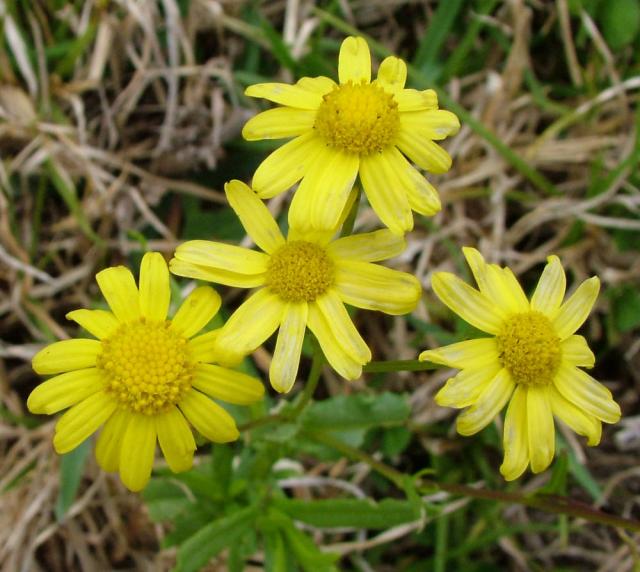Just weeks after an invasive toxic weed was found in the South Burnett region for the first time, the neighbouring North Burnett Regional Council has now also rung the fireweed alarm bells.
Fireweed, also known by its scientific name Senecio madagascariensis, was reportedly discovered by NBRC land protection crews at Woowoonga north of Biggenden earlier this month, with Council now urging landholders to familiarise themselves with the dangerous plant.
“Fireweed is a yellow flowering daisy-like herb, with seedlings appearing from March through to June,” a North Burnett Regional Council spokesperson said.
“In ideal conditions the weed is 50 centimetres tall and presents with multiple branches and long, wide leaves.
“In dry, harsh conditions the weed is less than 20 centimetres tall and presents with few flowers, no branching and narrow leaves.
“Fireweed is toxic to livestock, therefore land managers need to make themselves aware of this weed, especially when ground cover is limited as this is when it is most likely to be ingested.
“[It] is spread by wind, livestock, pasture, seed, hay, turf, mulch and with transport. Heavy infestations can produce one million seeds per hectare,” Council’s spokesperson stated.
According to the Queensland Government’s Department of Agriculture and Fisheries, fireweed can significantly affect livestock which consume it, with symptoms of poisoning including “reduced weight gain, lower milk production, aimless wandering, loss of coordination, sensitivity to sunlight, and jaundice.”
Severe poisoning from fireweed in cattle can lead to death by liver failure, with the dangerous plant retaining its toxicity in both its green and dry states, making it likely that hay or silage could be contaminated.
The Queensland Government stated that fireweed is generally unpalatable to most livestock, but due to its ability to choke out pastures and reduce available feed, animals may resort to consuming the invasive weed out of starvation.
The discovery of fireweed in the North Burnett comes just weeks after the plant was found for the first time in the South Burnett’s Blackbutt and Benarkin areas (more on this can be found here bit.ly/3rGzUFo).
The North Burnett Regional Council is now calling on landholders in the affected area to remain alert regarding the dangerous plant.
“It is the responsibility of land managers to mitigate the impacts of fireweed on the environment,” an NBRC spokesperson said.
“Council’s Environment Officers can help with the formal identification of fireweed.
“If you suspect you have this species on your property and would like to have it identified, please leave the suspect plant in situ, take photographs if possible and contact Council on 1300 696 272 to arrange an onsite inspection.”







